
I have no mind’s eye: let me try to describe it for you
With aphantasia, my mind’s eye sees only darkness, not images. It’s like missing a sense, and only imagination can compensate
by Neesa Sunar

With aphantasia, my mind’s eye sees only darkness, not images. It’s like missing a sense, and only imagination can compensate
by Neesa Sunar

Instead of fuming in subjugated irritation, turn wait times into chances to connect, muse and think big about the future
by Jason Farman

Musical thinking offers a means for composing our lives and a philosophical foundation that embraces both sound and silence
by Xenia Hanusiak

Long considered a sign of mental illness, ‘pareidolia’ or seeing patterns in randomness might be a useful measure of creativity
by René Müri & Nicole Göbel
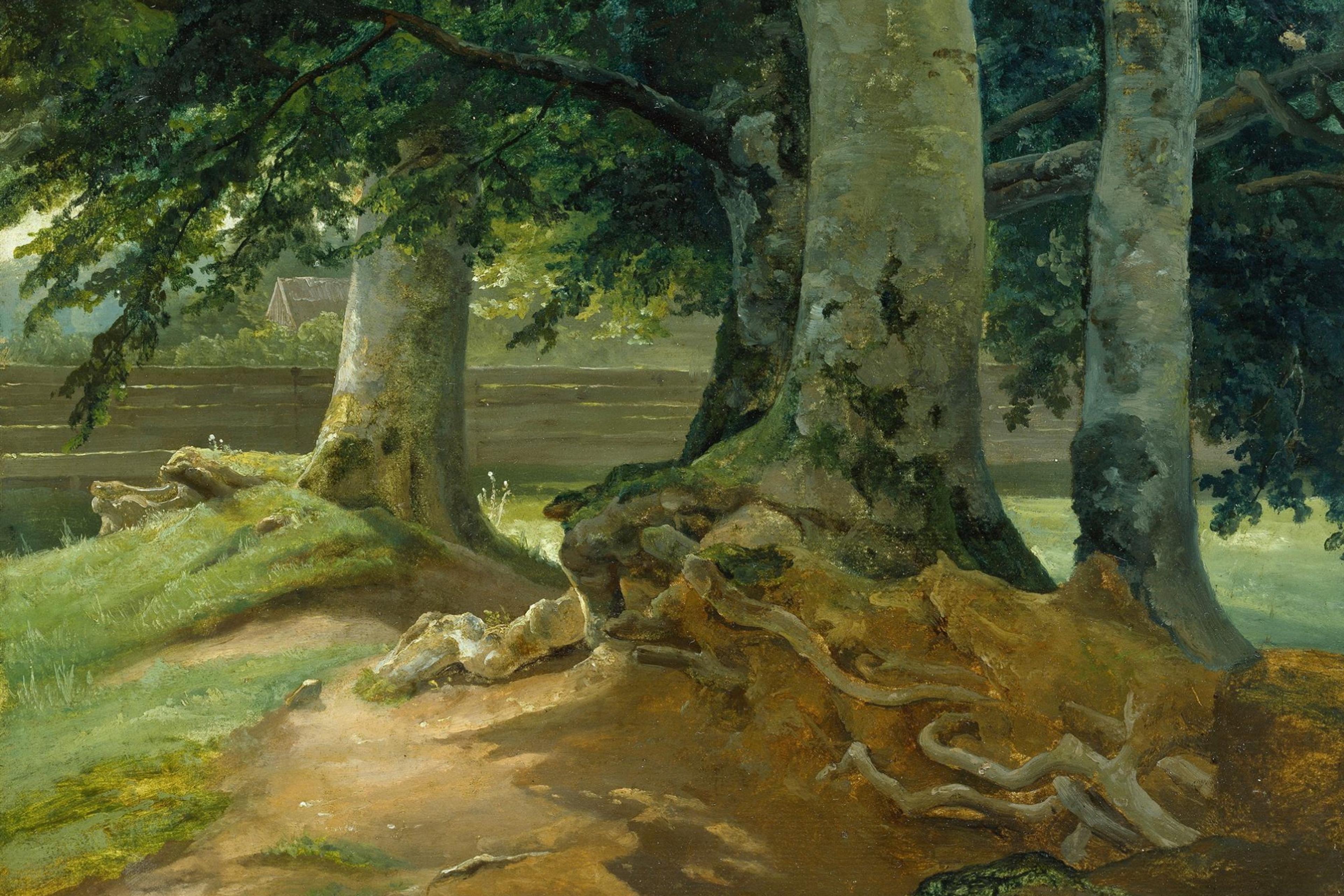
Aphantasia veils the past and the future from the mind’s eye. That can be a gift to philosophers like Derek Parfit and me
by Mette Leonard Høeg
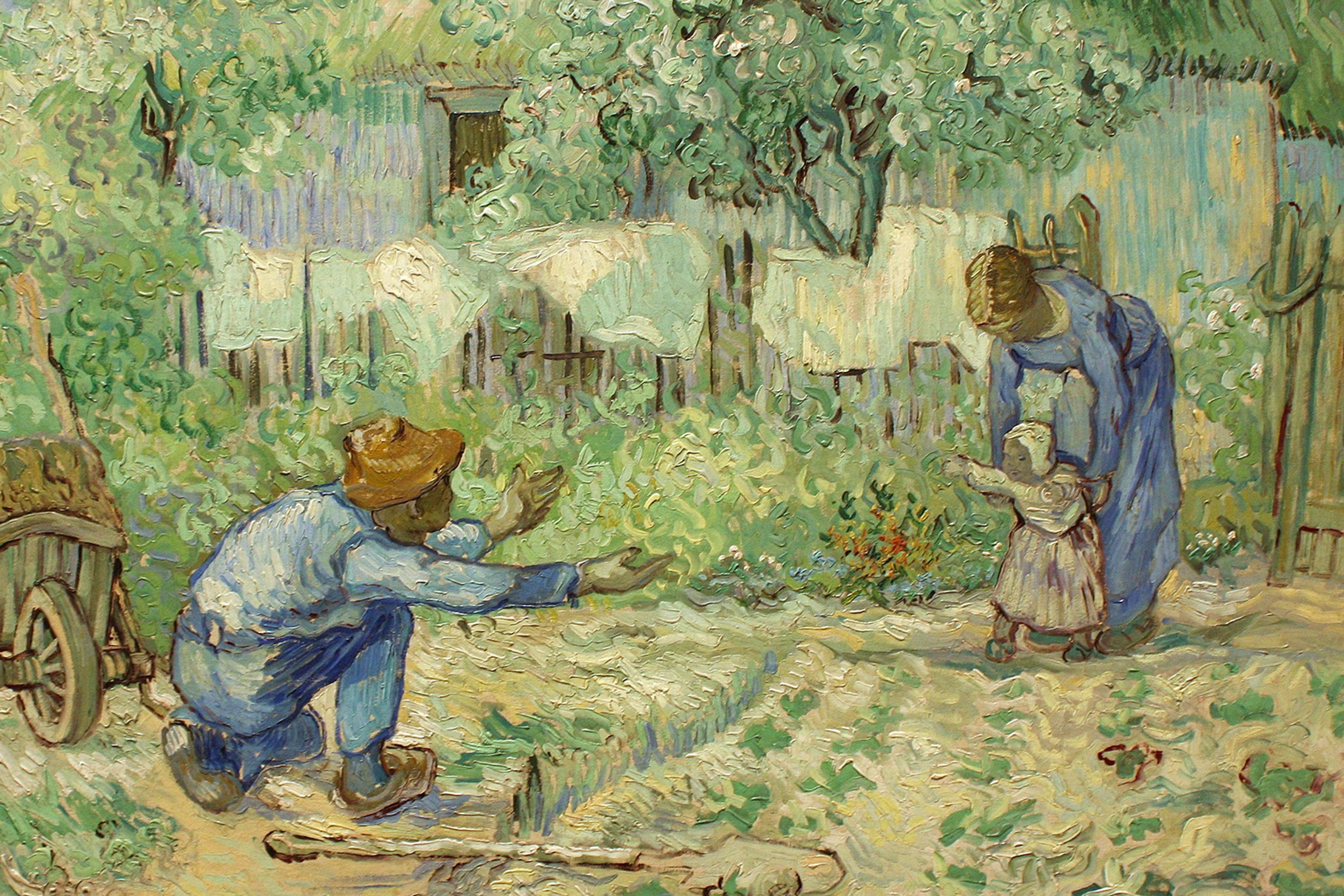
We’re often taught to live according to our values, but this is easier said than done without pausing to reflect deeply
by Valerie Tiberius
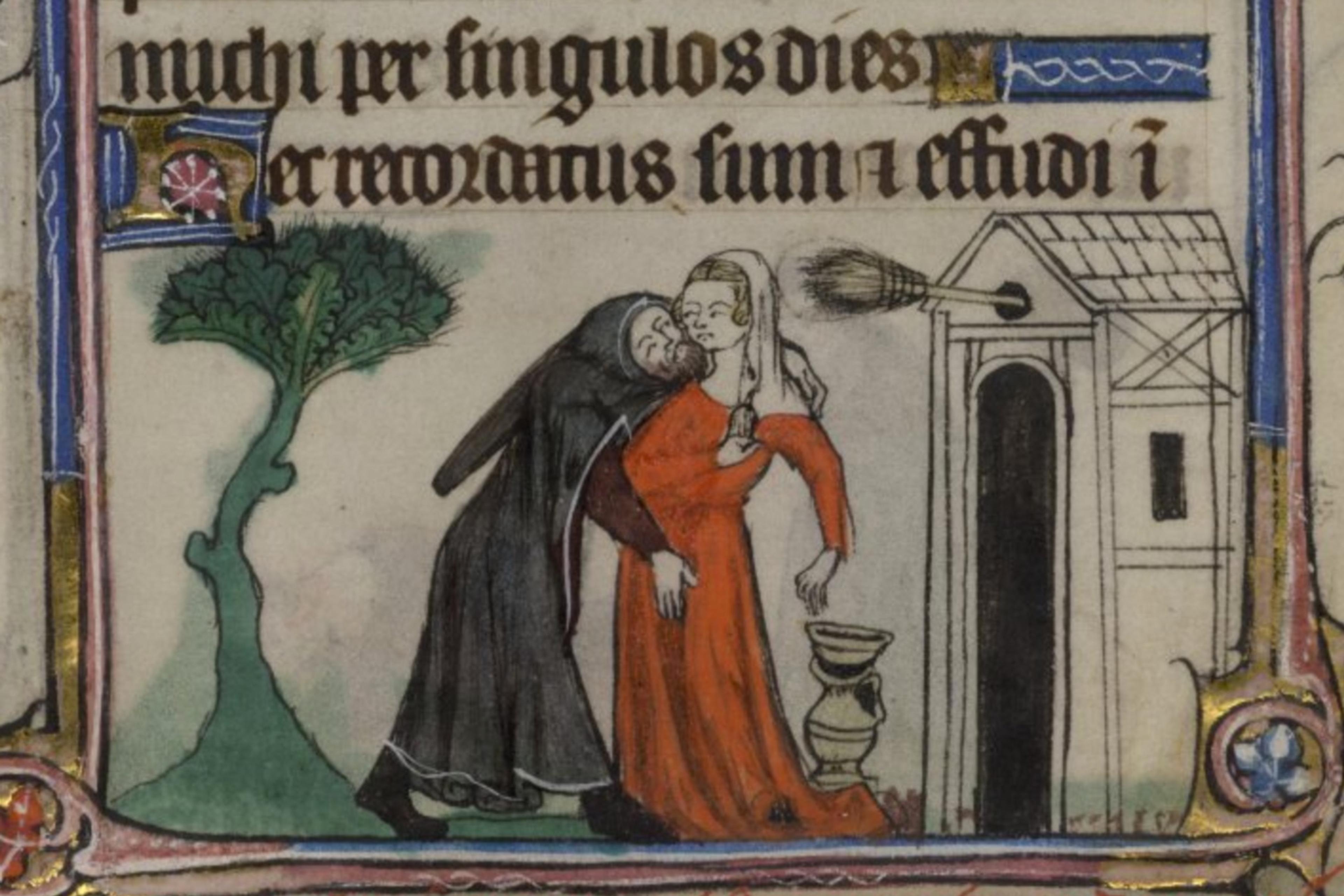
When your reputation is at stake, get medieval on your haters: lessons from Beowulf, Margery Kempe and Geoffrey Chaucer
by Irina Dumitrescu
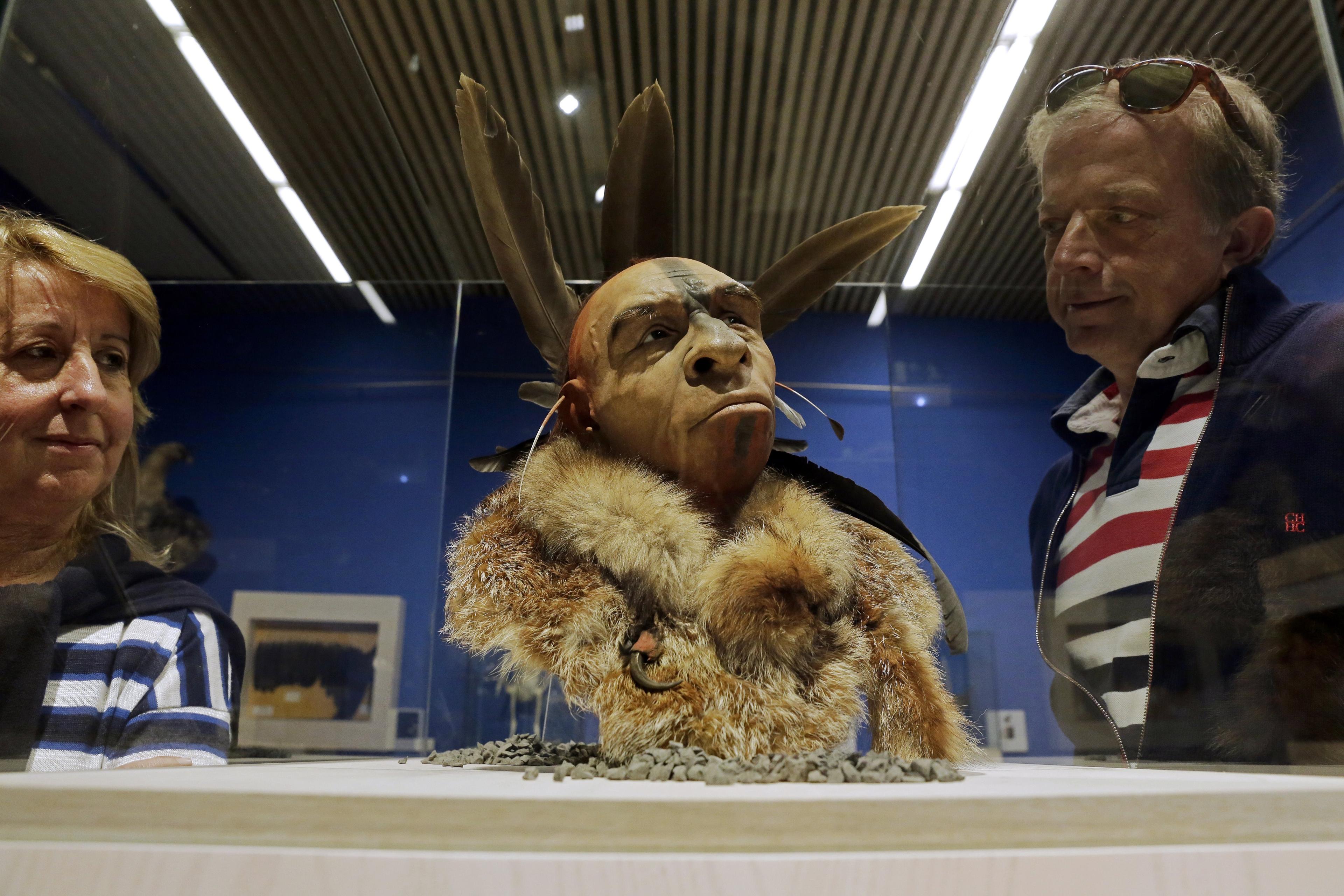
Neanderthals had language, but it differed from ours in an important way that could help explain our superior art and tech
by Steven Mithen
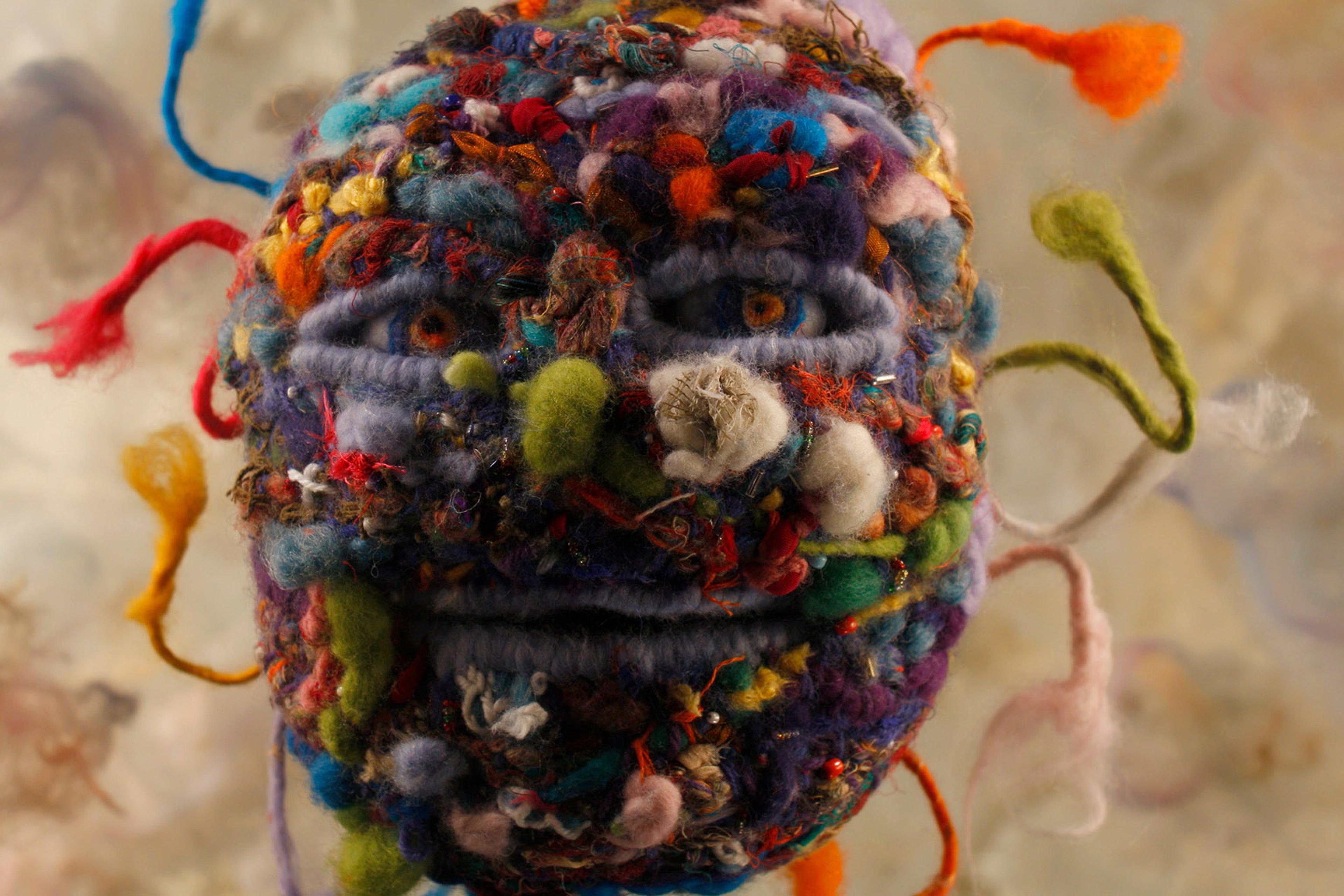
Directed by Anushka Naanayakkara
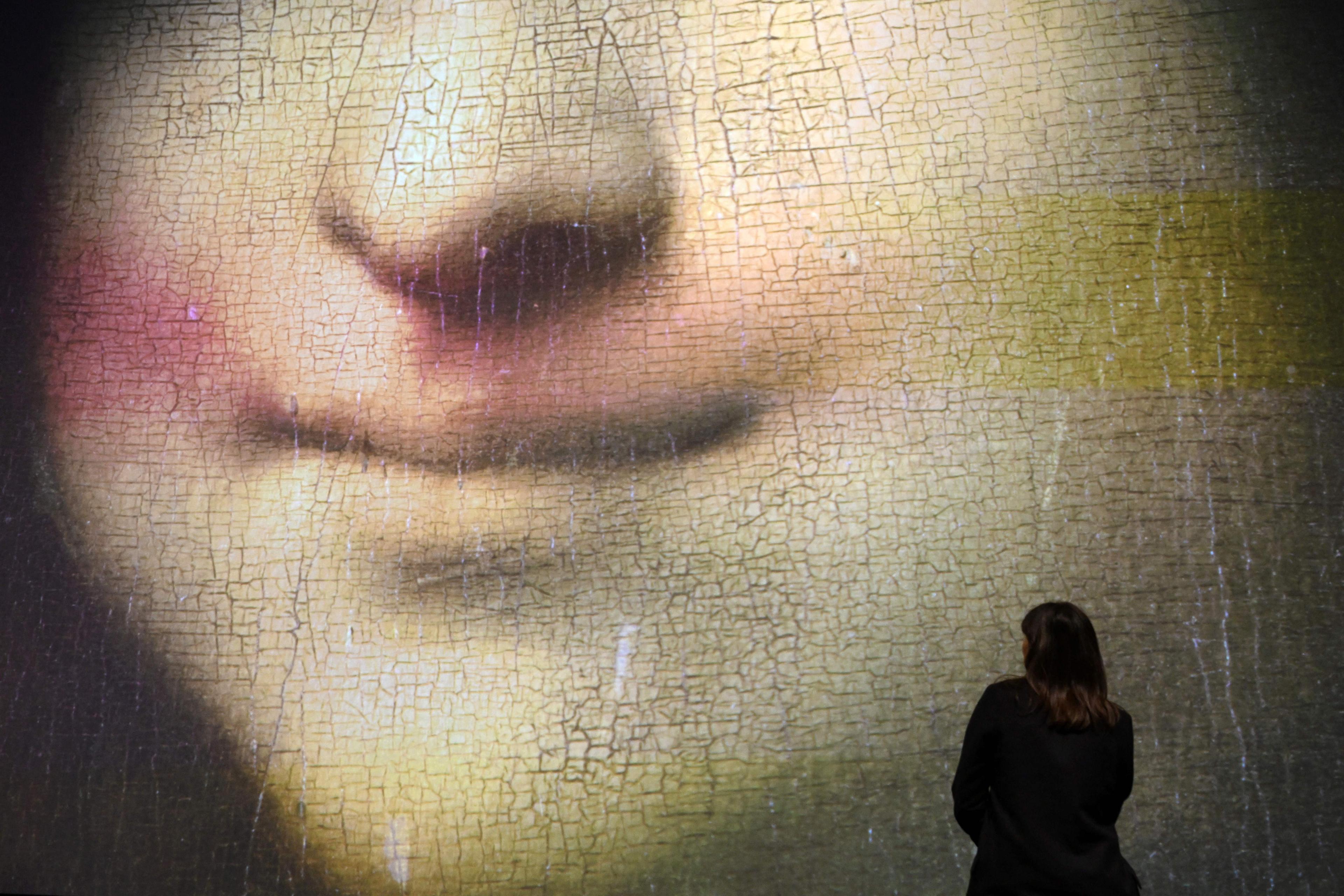
When you engage with an artwork, a form of cognitive coupling takes place in which your mind and the art are transformed
by Miranda Anderson

In terms of brain activity, imagining something is very similar to seeing it, so why don’t you confuse the two more often?
by Shayla Love
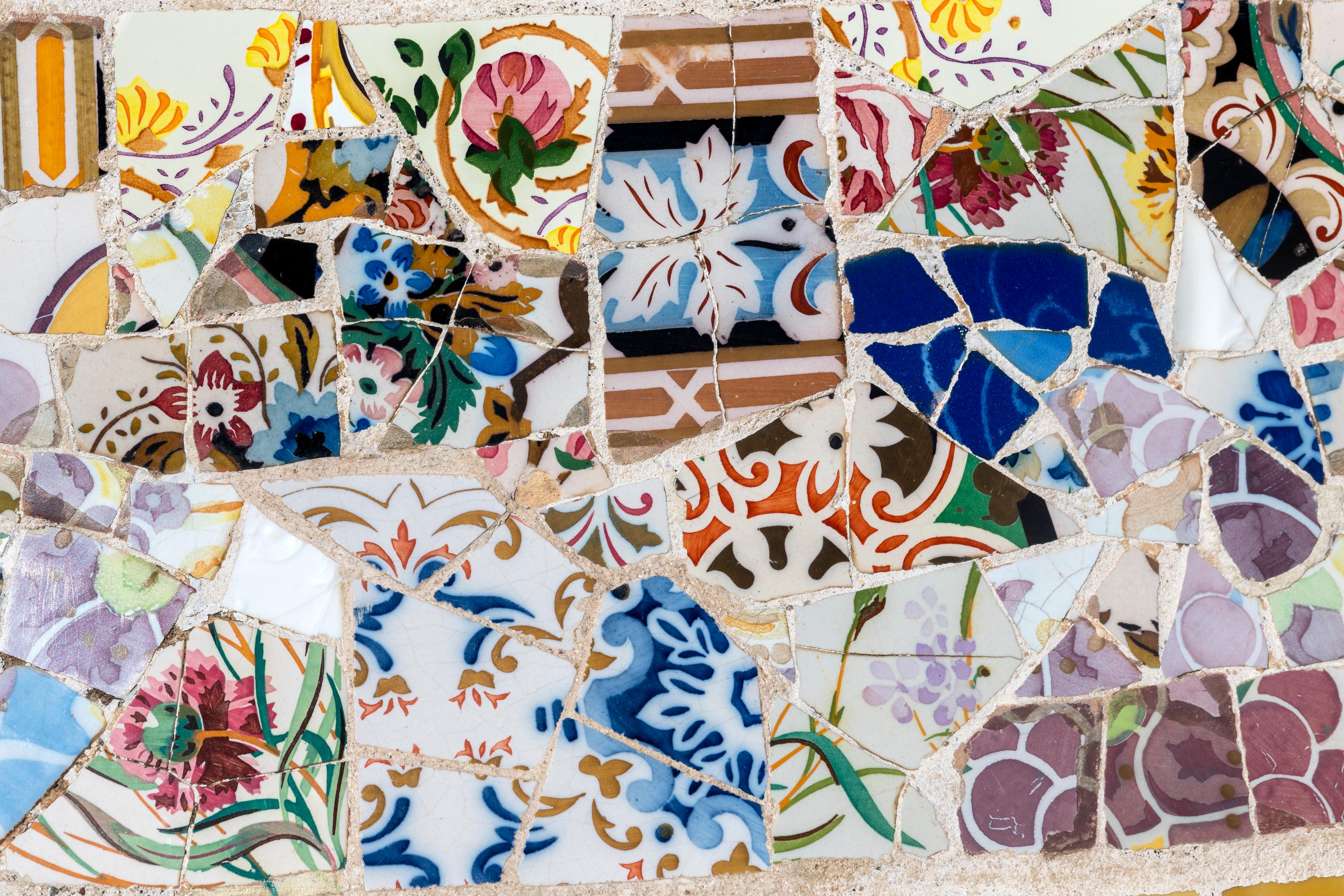
Let’s ditch talk of computers and bank accounts. Positive mind-metaphors emphasise our embodied inter-connectedness
by Anna Katharina Schaffner

From sport to public speaking, the link between mental imagery and actual performance is undeniable – and you can harness it
by Jonathan Rhodes
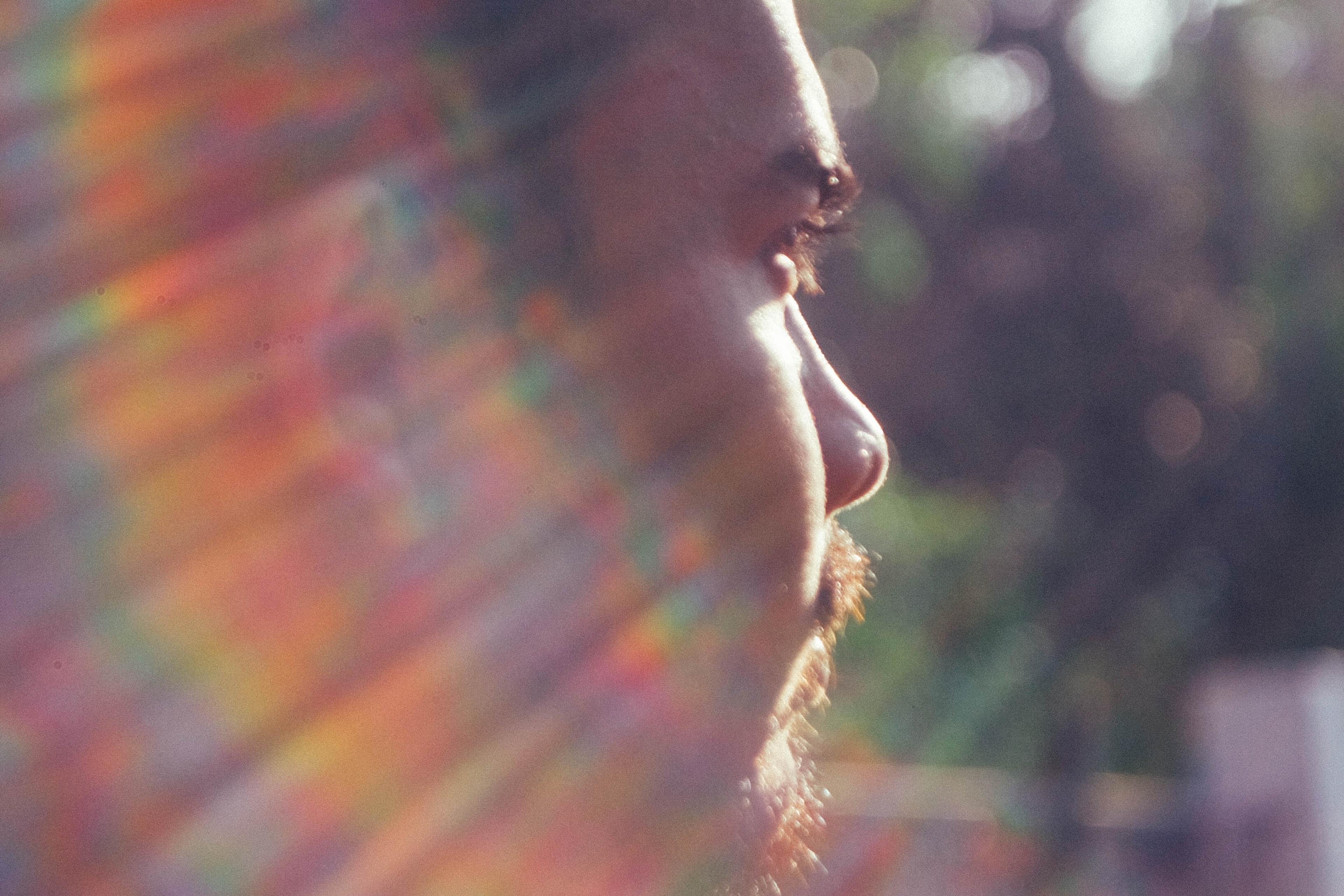
Case reports suggest psychedelics might reverse aphantasia (a lack of mental imagery), but is that necessarily a good thing?
by Shayla Love

The imagination is fundamental to the human experience, freeing us from physical confines and anchoring us during unrest
by Tania Zittoun
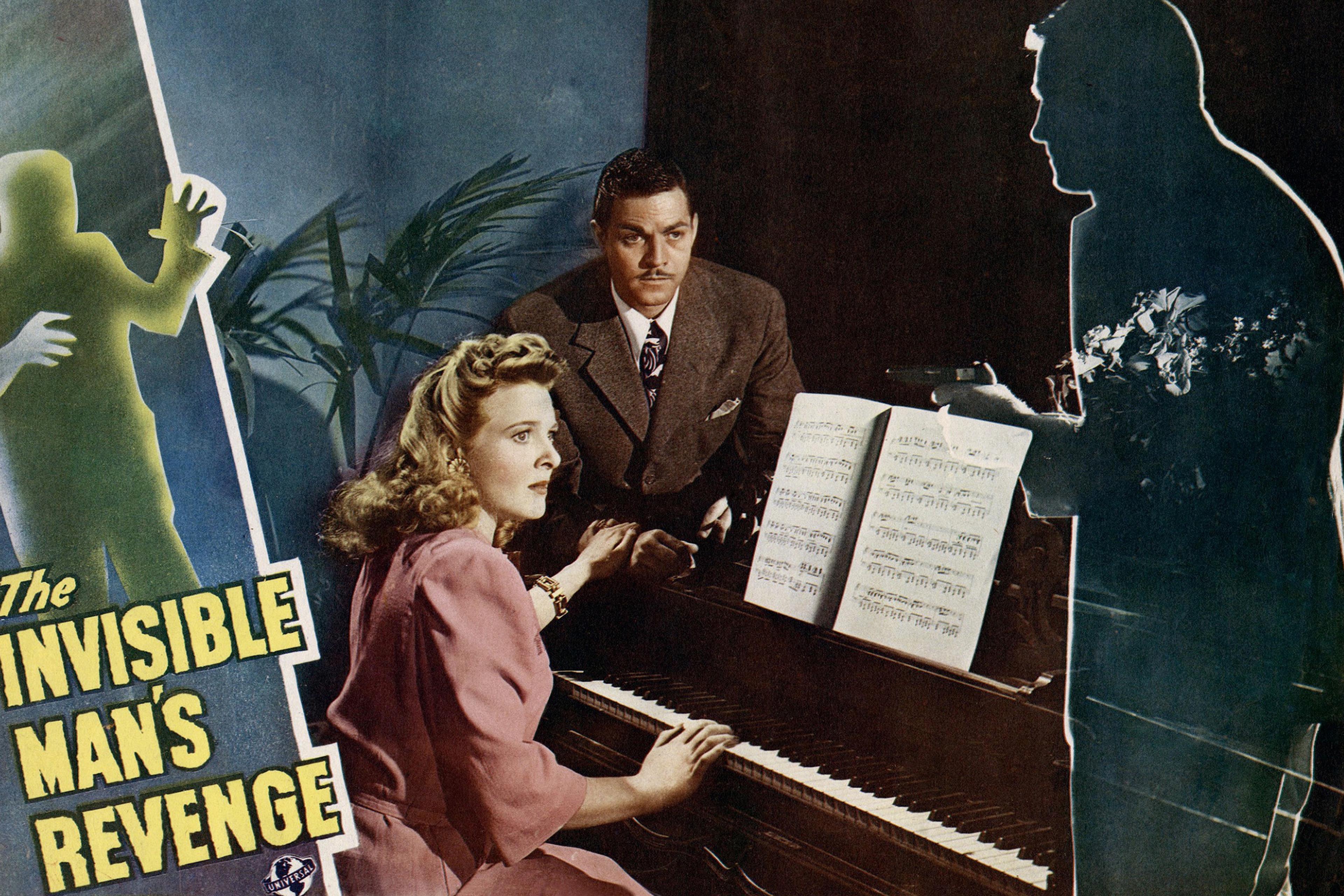
From ancient fables to the latest science theory, invisibility represents some of humankind’s deepest fears and desires
by Greg Gbur